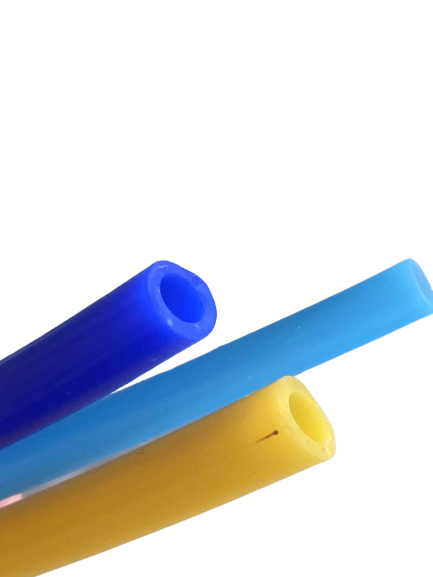নভে. . 24, 2024 06:09 Back to list
Foam Seal for Garage Door Bottom to Enhance Insulation and Energy Efficiency
The Importance of a Foam Garage Door Bottom Seal
Garage doors are critical components of any home, offering security, insulation, and convenience. However, they can also be a source of unwanted drafts, moisture, and pests if not properly sealed. One of the most effective ways to ensure your garage is well-insulated and protected from the elements is to install a foam garage door bottom seal. This article will explore the benefits, installation process, and maintenance tips for foam seals.
Benefits of Foam Garage Door Bottom Seals
1. Enhanced Insulation One of the primary benefits of a foam garage door bottom seal is its ability to improve insulation. Foam seals are designed to close the gap between the garage door and the ground, preventing cold air from entering in winter and hot air in summer. This keeps your garage at a more stable temperature, which can lead to lower energy bills if your garage is attached to your home.
2. Moisture Control A good seal also helps to keep moisture at bay. Excess water can lead to rust and mold, damaging both your vehicle and the garage structure. Foam seals act as a barrier, preventing rainwater and melting snow from seeping into the garage.
3. Pest Prevention Rodents and insects can easily find their way into an unsealed garage. A foam bottom seal effectively blocks entry points, keeping your garage free from pests. This is particularly important if you store food or gardening supplies in your garage.
4. Noise Reduction Foam seals can help reduce noise from outside, creating a quieter environment in your garage. Whether you’re working on a project or using the garage as an extra living space, a foam seal can help minimize disturbances.
Installation of a Foam Garage Door Bottom Seal
Installing a foam garage door bottom seal is a straightforward process that can typically be done as a DIY project. Here’s how
1. Measure Your Garage Door Start by measuring the width of your garage door to determine the length of the foam seal you need. Most foam seals can be cut to fit any size door.
2. Choose the Right Foam Seal There are various types of foam seals available, including adhesive-backed options and those that require a track for installation. Select the right type based on your garage door style and your preference.
foam garage door bottom seal

3. Preparation Clean the area where the seal will be applied to ensure proper adhesion. Remove any dirt, debris, or old seal materials.
4. Cut and Apply the Seal If necessary, cut the foam seal to the correct length. If you’re using an adhesive-backed seal, simply peel off the backing and apply it to the garage door bottom. For other types, follow the manufacturer’s instructions to secure the seal correctly.
5. Test the Seal After installation, close the garage door and check for any gaps. Make adjustments as necessary to ensure a tight fit.
Maintenance Tips
To maintain the effectiveness of your foam garage door bottom seal, consider the following tips
- Regular Inspections Periodically check the seal for wear and tear, especially at the start and end of each season. Replace the seal if it shows signs of damage.
- Keep It Clean Dirt and debris can compromise the seal’s effectiveness. Clean the area around the seal regularly to ensure a good fit.
- Monitor for Gaps After heavy rains or storms, check for any moisture in the garage to ensure the foam seal is functioning as intended.
Conclusion
In conclusion, a foam garage door bottom seal is an essential addition to your garage. It provides insulation, moisture control, pest prevention, and noise reduction, enhancing the overall functionality of your garage space. With a simple installation process and minimal maintenance requirements, investing in a foam seal is a decision that pays off in comfort and usability. So, if you want to create a more efficient garage, consider upgrading to a foam garage door bottom seal today.




